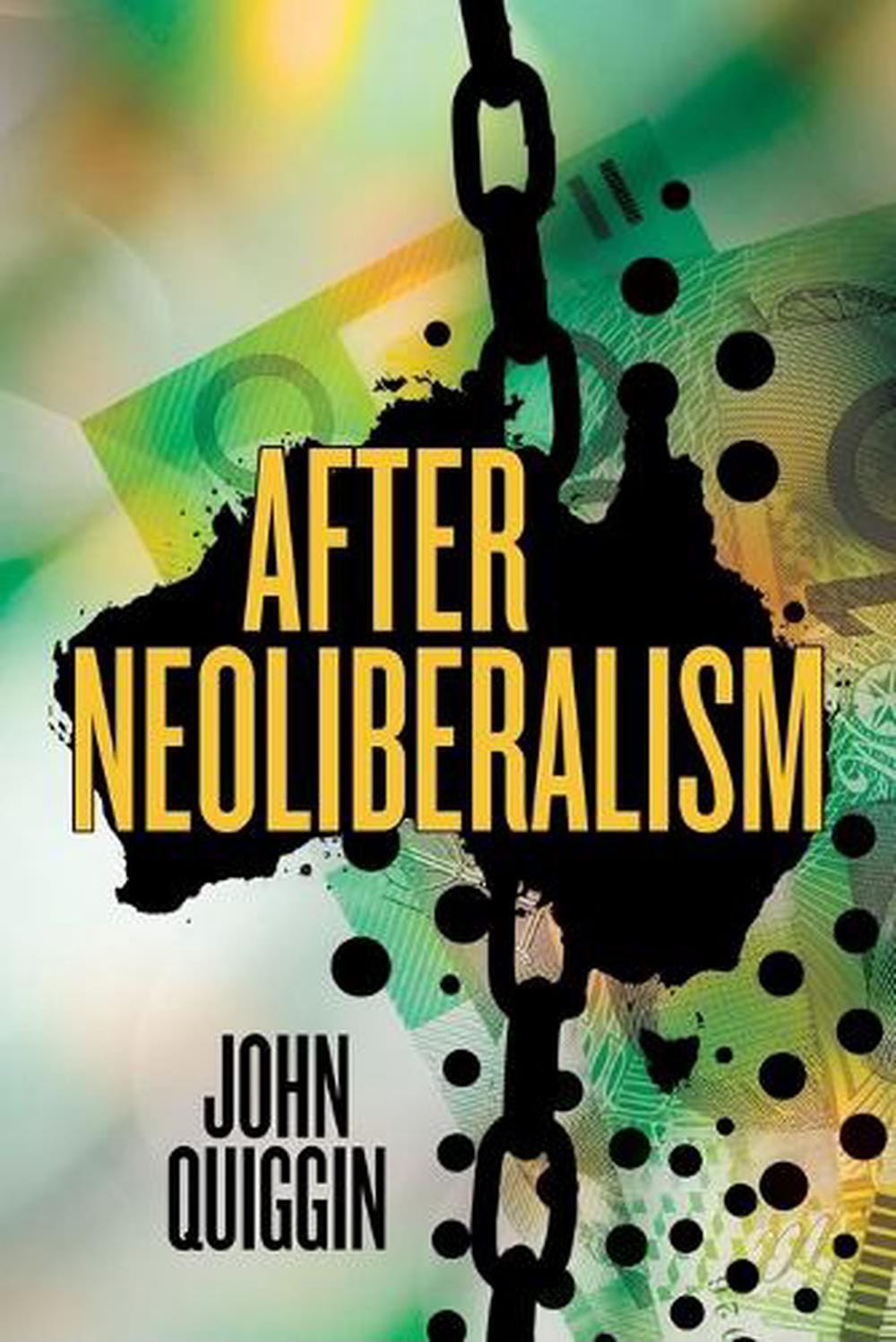The three party system and the future of Australian politics
I’ve been waiting for the dust to settle before writing an analysis of the election outcome
First up, an apology for a potentially confusing title. I’m not referring to the recent conniptions of the Liberal and National parties but to a political analysis I put forward nearly a decade ago, in the aftermath of the global financial crisis. The starting point was that, in the decades from the 1970s the GFC, politics in most developed countries consisted of an alternation between hard and soft versions of neoliberalism. In the English speaking countries, hard neoliberalism was implemented the traditionally conservative parties, most notably by Thatcher and Reagan. The soft version, presented as the Third Way, was offered by traditionally social democratic (Labour/Labor) parties.
After the GFC, neoliberalism lost support on the right to what became Trumpism, and on the left to unreconstructed socialists and social democrats, environmentalists and, in Australia, progressive independents (often called teals). The result was that there was no longer enough support to sustain two neoliberal parties. This has played out in different ways in different countries.
In Australia, the three groups have almost equal shares of the vote. The Labor party has moved to the right, presenting itself as the party of sound (neoliberal) economic management, while doing just enough to maintain soft neoliberal support, and gaining around 34 per cent of the total The Liberals and National Party have moved further to the right, chasing the support of voters lost to One Nation and other fringe rightwing parties. Collectively the right parties got a bit over 40 per cent of the vote. On the left, Greens got around 12 per cent of the vote. The vote for independents varied a lot depending on the strength of the candidates, but totalled around .. per cent.
It might seem surprising that Labor got a huge majority of seats in the House of Representatives with barely a third of the vote. Conversely both the Greens (with a single seat) and the L-NP coalition got far fewer seats than their share of the primary vote might suggest. Meanwhile independents held their won
But this is the natural result of the preferential system, which is effectively designed to favour centrist candidates. In a three-way race, as long as the centrist candidate makes the final two, they will receive the second preferences of the eliminated (left or right) candidate, and will therefore be elected. In Australia, Labor gets the preferences of both L-NP and Greens, and therefore wins most three-way races.
At the level of single-member electorates, this is arguably the “correct” result. A majority of voters prefers Labor to L-NP and a different majority prefers Labor to Greens. But in aggregate, it’s a long way from proportional representation as can be seen from the Senate results at the state level (the fact that each state gets the same number of senators means this isn’t necessarily true naturally, but in practice the results tend to be similar across states).
What’s the best response here? Given the need for local representation, my immediate suggestion is some form of mixed member proportional system, as in New Zealand. Some o my Kiwi friends aren’t happy with MMP at the moment because it has produced a government where the ACT party, still carrying the torch for the hard version of neoliberalism that destroyed the NZ economy last century, has disproportionate influence. But that’s the fault of the internal dynamics of the rightwing government, rather than of the electoral system.
Any better ideas?
Follow me on Bluesky or Mastodon
Read my newsletter



Multi-member electorates as in the ACT.
It was a good campaign, for Labor, but I'm worried that Albo is morphing into Howard.